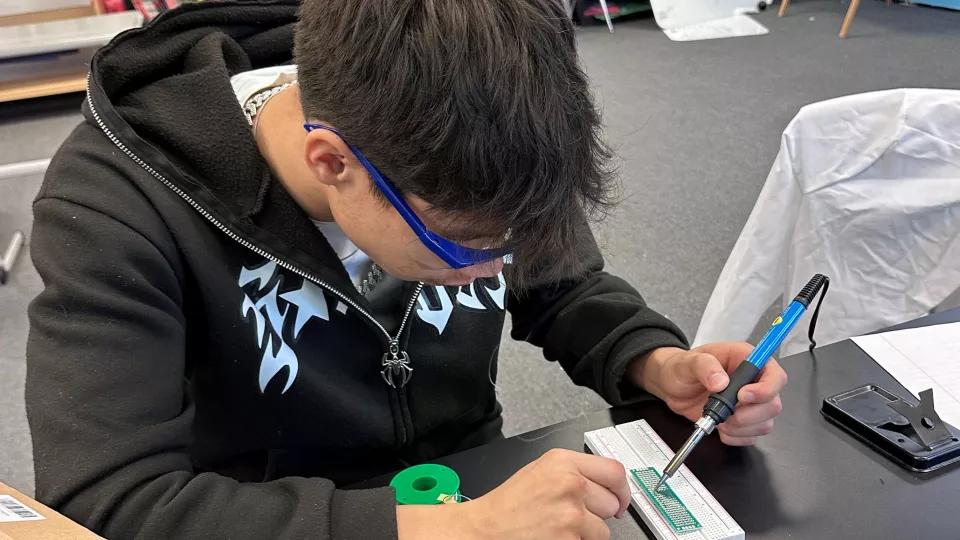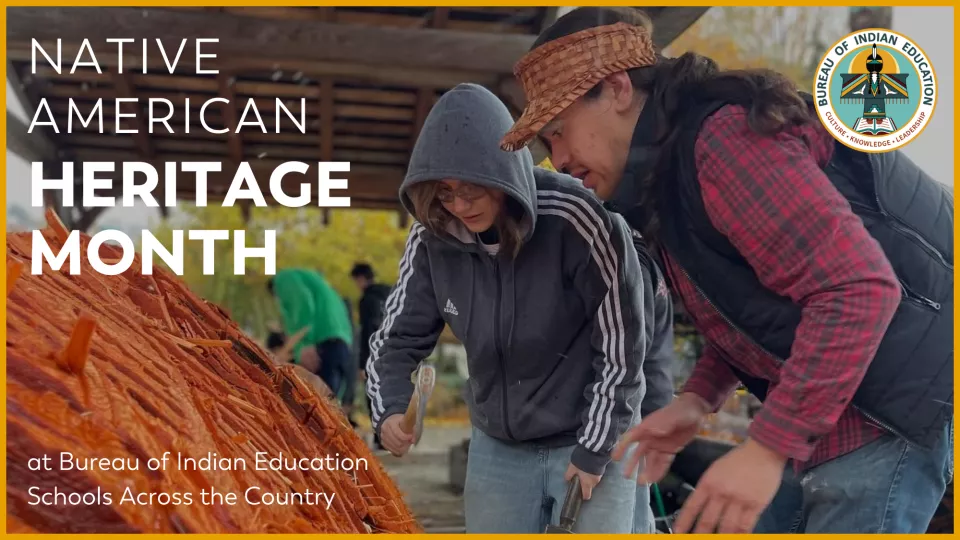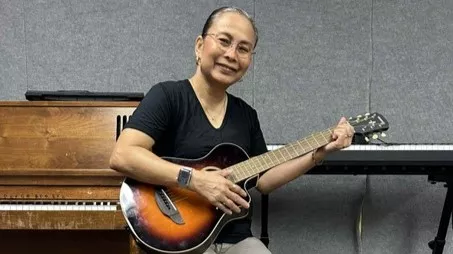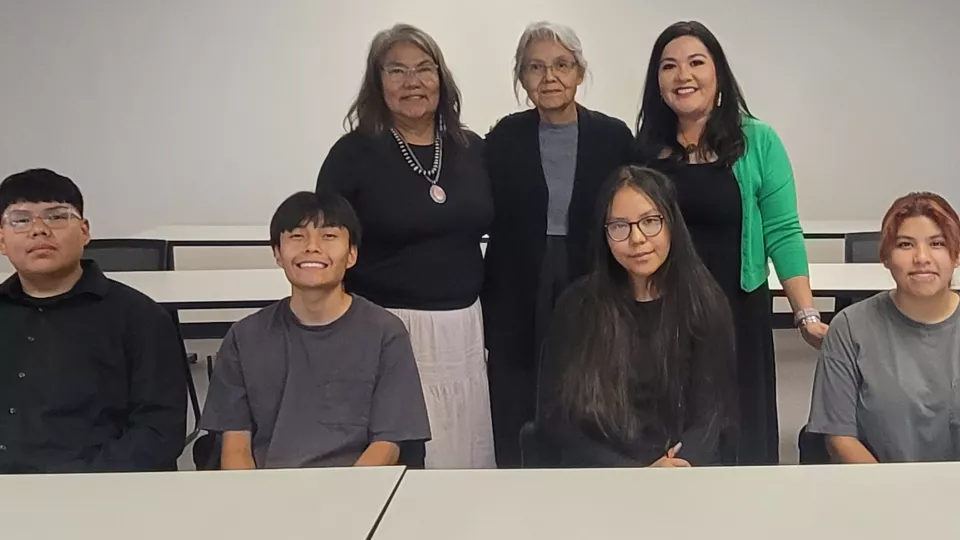
Two groups from schools funded by the Bureau of Indian Education were chosen to compete in Future Engineer’s NASA TechRise Student Challenge during the spring 2024 semester. Students from Tiospaye Topa School in La Plant, South Dakota, and Kickapoo Nation School in Powhattan, Kansas, applied for the educational science organization’s innovation challenge in Nov. 2023. Winners were announced January 24, 2024.
After celebrating being a part of 60 teams chosen to participate from hundreds of applicants across the country, the students began building their projects in February. They received $1,500 to make the experiment outlined in their applications and the opportunity to work with an advisor from Future Engineers throughout the process.
On Science Education Day, the Bureau of Indian Education congratulates these students on their hard work expanding their knowledge in science, technology, engineering and math.
Tiospaye Topa School – La Plant, South Dakota
The Tiospaye Topa School team created a project that will be attached to a rocket-powered lander and launched into flight for approximately two minutes, reaching an altitude of 80 feet above a test field that replicates the moon’s surface. The KMAV Rocket — a combination of the first letter of each team member’s first name — will be equipped with high-resolution cameras, altimeters and other sensors to collect flight data during ascent, descent and landing.
As the team’s tech supervisor at the school, Jean Smith has learned alongside the four team members. She said TechRise sparked their interest in science and space technology, especially as a career field. One student said working for NASA is now one of his goals.
“Experiences like this open up opportunities available to them,” Smith said. “The students were all interested in the project from the beginning. This undertaking has enabled them to further their STEM knowledge beyond the classroom.”
Aside from learning how to solder computer components and write computer code, the students have also learned how to keep digital records. The students became supportive and productive team members, listening to each other’s ideas, finding ways to improve them, overcoming obstacles, and finding the best course of action.
Smith said it has been a great example of effective collaborative learning.
“Students should take advantage of opportunities that will better prepare them for future academic endeavors,” she said.
Kickapoo Nation School – Powhattan, Kansas
The Kickapoo Nation School team’s project will fly in a high-altitude balloon, giving their experiment four hours of flight time at an elevation of 70,000 feet. Their proposal, Protecting UV Rays Preparation on Science Experiment, will monitor the environmental conditions of the flight and their effect on protected and unprotected seeds. The flight box includes coded sensors, cameras, and a motherboard to record data to study the effect of atmospheric exposure — including moisture, temperature, UV rays and more — on how well the seeds can grow.
Cricket Henderson, Kickapoo Nation School’s science teacher, praised the student’s work ethic and scientific knowledge, which has only grown throughout this project. They have learned how to solder computer chips and how to write another type of computer code in a short time.
“It’s important for kids to participate in programs like this because they invest in themselves,” Henderson said. “We may be inspiring the next kid who will develop a program that will save seeds for future generations.”
The program has also increased their confidence. The six students became more comfortable during their weekly Future Engineers mentor meetings over time and shared their ideas. They also learned to accept what Henderson calls “happy little mistakes” while learning a new skill. She said it is all part of growth.
“We’re going to get seeds back after the flight. I always think seeds are potential plants, and kids are potential adults with potential careers. So, there’s a mirror there,” Henderson said. “I know most of them will seek a career at the next level. Who could turn a kid down who worked with NASA?”
Both teams will send their projects to Future Engineers in May to be tested on a NASA-sponsored flight in August 2024.
Contact
Office of Communications
Bureau of Indian Education Central Office
U.S. Department of the Interior
1849 C Street NW, MIB-3610
Washington, DC 20240
Telephone: 202-941-0789
Email: biecommunications@bie.edu





